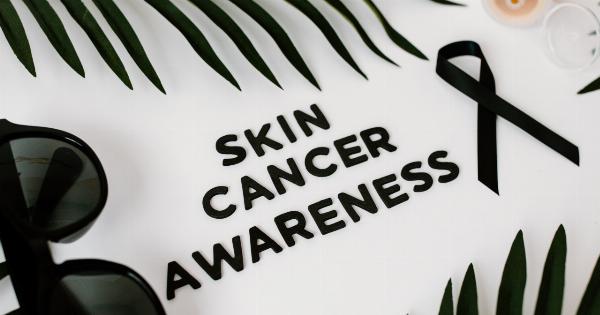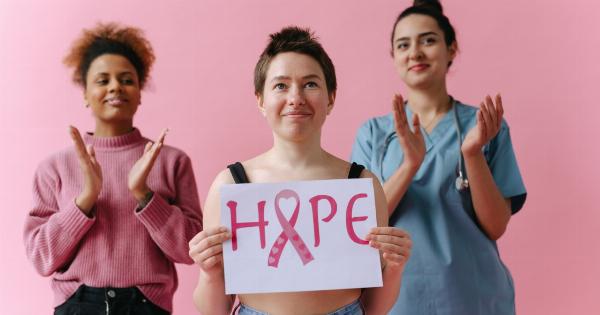Cancer is a complex and multifaceted disease that affects millions of people worldwide. It is caused by the uncontrolled growth of abnormal cells in the body, leading to the formation of tumors and the impairment of essential bodily functions.
While cancer can strike anyone, regardless of their financial status, numerous studies have shown a clear link between socioeconomic factors and cancer risk, outcomes, and mortality rates. This article explores the intricate relationship between cancer and financial status, shedding light on how economic resources can influence cancer prevention, diagnosis, treatment, and overall patient outcomes.
Social Determinants of Health and Cancer Risk
Health disparities are closely associated with socioeconomic status, also known as financial status or social determinants of health.
Socioeconomic factors such as income, education level, occupation, and housing conditions significantly impact an individual’s lifestyle choices, access to healthcare, and overall health status. These disparities also extend to cancer risk factors and outcomes.
For example, individuals with a lower socioeconomic status often face higher exposure to tobacco smoke, unhealthy diet options, and hazardous working conditions that increase the risk of developing certain types of cancer.
Moreover, financial constraints can limit access to preventive healthcare services like cancer screenings, vaccinations, and regular check-ups.
This lack of early detection and prevention measures can lead to the late-stage diagnosis of various cancers, reducing treatment options and overall survival rates.
Healthcare Disparities and Quality of Cancer Care
Access to quality healthcare plays a vital role in cancer prevention, early detection, and treatment.
Unfortunately, individuals with lower financial resources often face disparities in healthcare access and quality, creating barriers to timely and effective cancer care. Limited access to healthcare facilities, inadequate health insurance coverage, and difficulties in obtaining transportation for medical appointments are just a few examples of the challenges faced by individuals with lower socioeconomic status.
These barriers to equitable healthcare exacerbate existing disparities in cancer outcomes.
Studies have shown that individuals with higher financial resources tend to access cancer care earlier, receive more appropriate treatment modalities, and have better survival rates compared to those with lower economic means.
Financial Burden of Cancer
The financial impact of a cancer diagnosis can be overwhelming for individuals and families. Medical treatments, including surgeries, chemotherapy, radiation therapy, and medications, often come with exorbitant costs.
Furthermore, indirect costs such as transportation, accommodation, and loss of income due to reduced work hours or inability to work can further aggravate the financial burden faced by cancer patients.
For those with limited financial means or inadequate health insurance coverage, the cost of cancer treatment may pose significant obstacles.
These financial challenges can lead to delayed or suboptimal treatment, inadequate follow-up care, and increased levels of stress and anxiety for both the patient and their families.
Improving Cancer Outcomes through Economic Support
Recognizing the relationship between cancer and financial status underscores the importance of addressing these disparities and providing economic support to individuals affected by cancer.
There are several strategies that can help mitigate the impact of financial status on cancer outcomes:.
1. Enhancing Access to Cancer Prevention Services
Efforts should be made to improve access to affordable cancer prevention services, including tobacco cessation programs, healthy lifestyle education, and regular cancer screenings.
Engaging communities through outreach programs and providing subsidies for preventive measures can empower individuals with lower financial resources to take control of their health and reduce their cancer risk.
2. Ensuring Equitable Healthcare Access
Policies and initiatives should aim to reduce healthcare disparities by expanding access to affordable healthcare services, including cancer diagnostics, treatments, and follow-up care.
This can be achieved through the implementation of comprehensive health insurance reforms, targeted funding for underserved populations, and the establishment of community-based healthcare centers in economically disadvantaged areas.
3. Financial Assistance Programs
Support programs, financial aid, and grants should be made available to help individuals and families cope with the financial burden of cancer.
These programs can assist with covering treatment costs, ancillary expenses, and provide support for patients and their families during the journey of cancer treatment and recovery.
4. Education and Awareness
Increased education and awareness about the link between cancer and financial status can help facilitate early detection, promote healthier lifestyles, and empower individuals to seek appropriate healthcare services.
Educational campaigns targeting both healthcare providers and the general population can contribute to reducing health disparities and improving cancer outcomes.
Conclusion
The link between cancer and financial status highlights the critical impact of socioeconomic factors on cancer prevention, diagnosis, treatment, and outcomes.
The social determinants of health significantly influence an individual’s cancer risk, their ability to access quality healthcare services, and the financial burden they may face during cancer treatment. Recognizing and addressing these disparities is crucial to ensure equity in cancer care and improved patient outcomes.
By implementing strategies to enhance access, provide financial assistance, and promote education and awareness, we can work towards reducing the impact of financial status on cancer-related disparities and improving the overall well-being of those affected by this disease.




























